It was my first time in Panama. My first time in the neotropics, in fact, and only my third time birding in the New World. I’d joined Gavin Bieber and his WINGS Birding group for a week at the world-famous Canopy Tower: an old US Army radar tower that has been repurposed into a magnificent birding lodge.
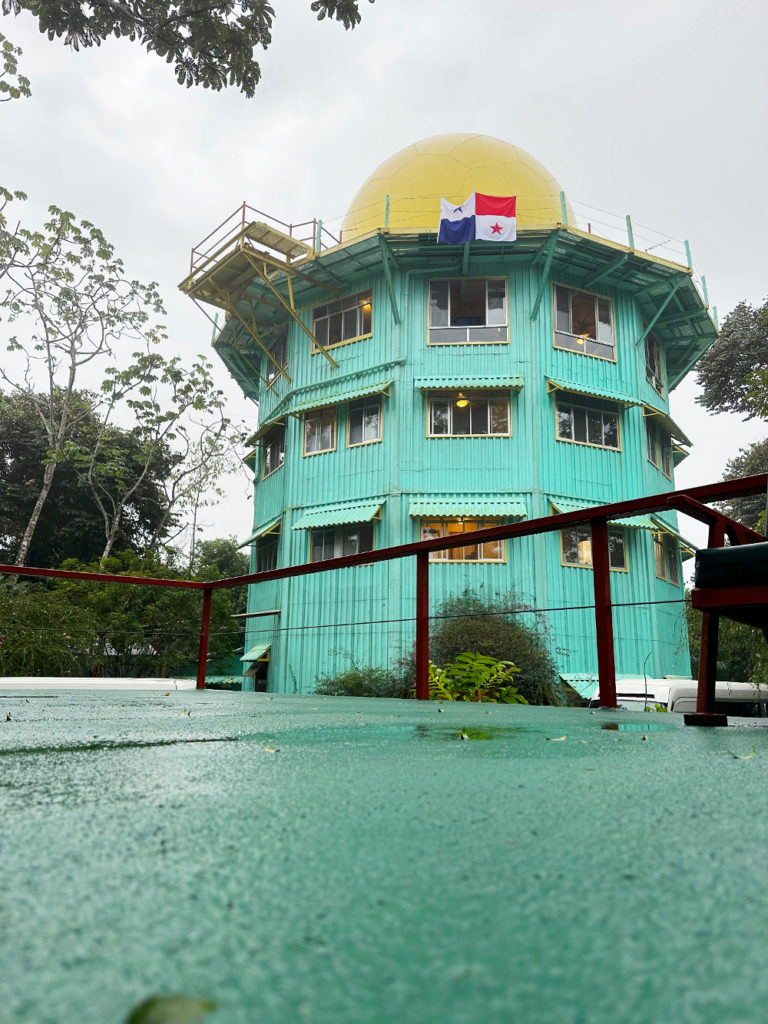
The mid-section of the tower holds a set of comfortable rooms, the top floor splits between the dining room and a lounge area and, up a small ladder and onto the roof… well, that’s where the magic really happens.
I arrived late at night, after an unscheduled extension to my layover in Miami. The drive up to Canopy Tower gave nothing more than tantalising glimpses of the rainforest in the car headlines. Levels of excitement and anticipation were high for the following morning and I managed, just about, to get some sleep.
Dawn breaks rapidly in the tropics, and by 6am it was light enough to climb the ladders to the observation deck. Wow! Perhaps it was the jet lag, perhaps it was the four hours of sleep or perhaps it was simply the breath-taking view, but I was a little emotional when I first caught glimpse of what lay beyond the tower. It was a perfect morning: clear skies, but mist in the valleys. To the south, the Panama Canal. In the distance to the east, the skyscrapers of Panama City. And in every other direction, rainforest.

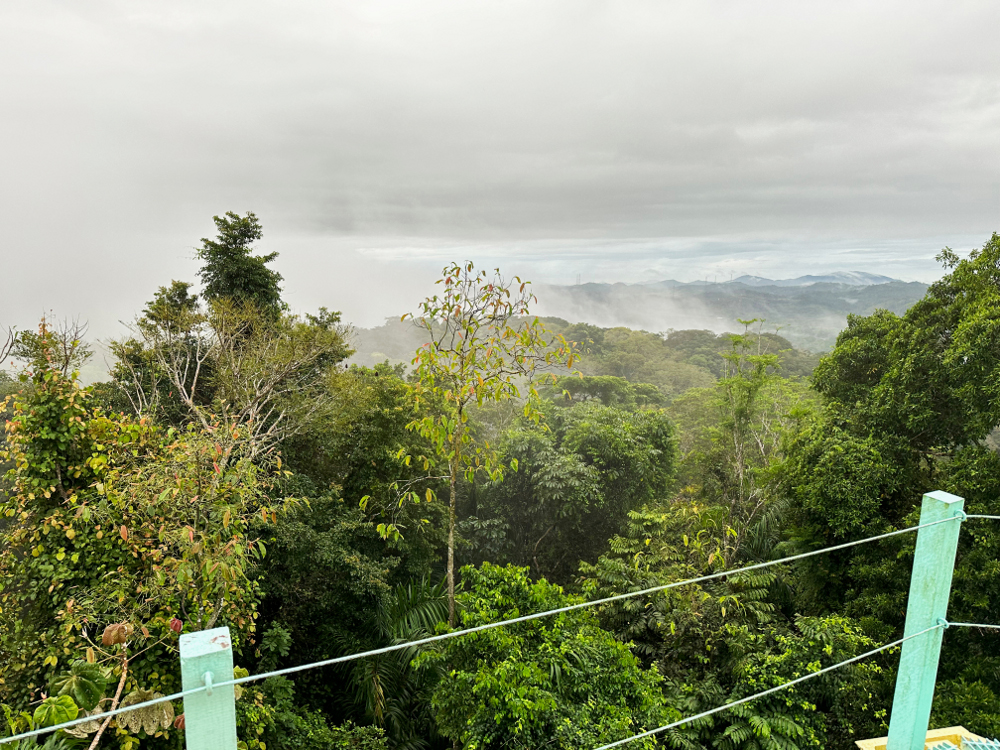
Close to the tower, a young Brown-throated Three-toed Sloth was hugging the upper limbs of one of the trees. Off somewhere out of sight – but not out of earshot – a troop of Brown-mantled Howler Monkeys, making sure that everyone in the forest knew they were awake. And around the tower, birds. So many birds.
It was a steep learning curve and in the space of just less than an hour, the list was dozens strong. A few species were familiar but most were new for me. Indeed, many of the families were new for me.
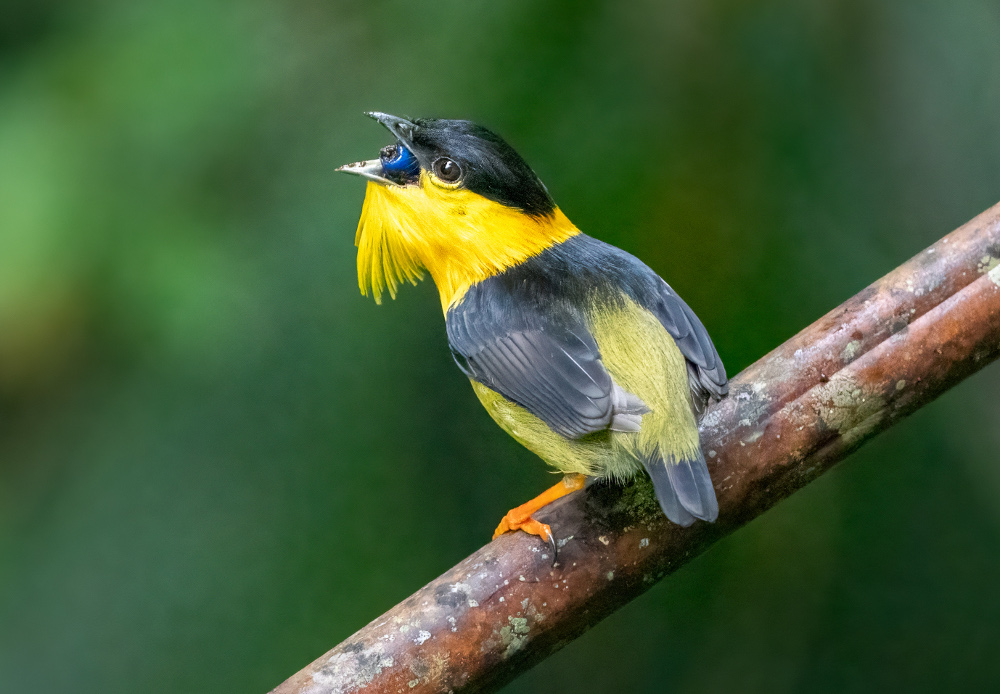
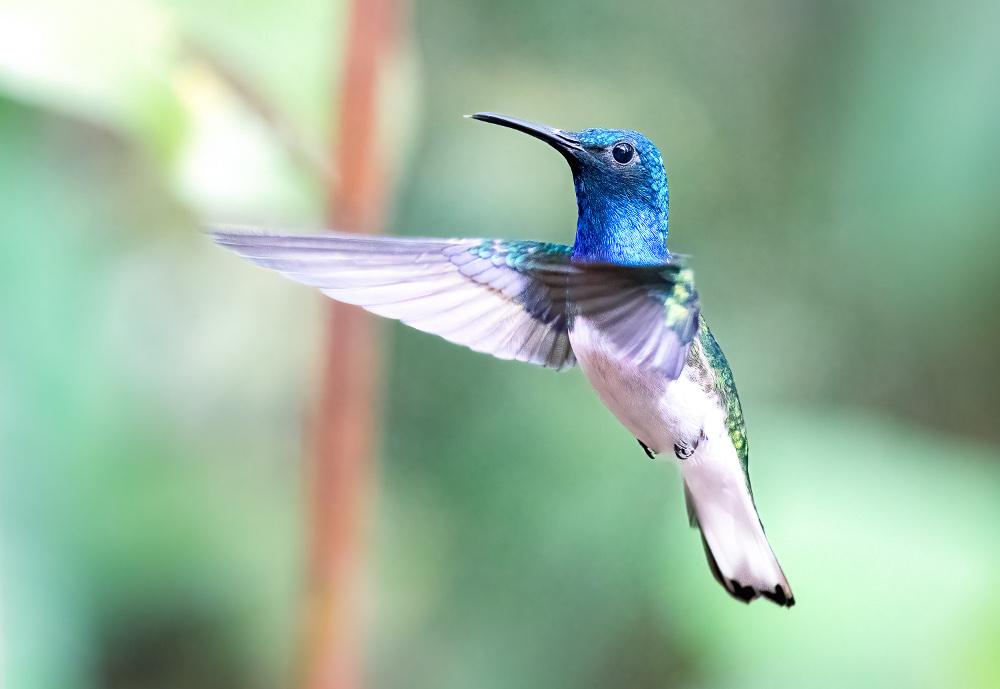
Skip forward to that evening and, still buzzing from the first day of birding around Panama’s Canal Zone, we arrived back at the tower for a shower and dinner. I was advised to bring my ZEISS DTI up to the dining room.
Each evening, the staff at Canopy Tower hoist several bunches of bananas into the trees outside the dining-room window. The bananas attract a host of night-time visitors that would otherwise be difficult – if not impossible – to see. I scanned the tree with the DTI and was taken aback to see five critters waiting patiently for their fruit to be served: a Western Lowland Olingo, two Kinkajous and two Western Night Monkeys! Although just about visible in the overspill from the dining-room lights, using the DTI allowed us to observe the animal’s natural(ish) behaviour as they moved through the trees, including seeing the Kinkajous use their prehensile tails to great effect.
The following day, we birded along the world-famous Pipeline Road. Wednesday, it was the Pacific-coast highlands of the Cerro Azul followed by shorebirds in Panama Bay. Thursday, the Caribbean coast. The excitement and anticipation of that first day were maintained throughout the trip, to the point that ‘highlight of the trip’ because the standard level for most of the birding we were doing!

If everything was a highlight, then Thursday evening’s night-drive aboard the Tower’s open-top vehicle must surely be elevated to a ‘highlight plus’. Night-drives are always a memorable experience – ‘score big or don’t score at all’ is often the general theme. I’ve been on several night-drives in the past and have seen nothing more than a bat and a few moths; but it’s also the only chance to catch up with some of the area’s strictly nocturnal residents. Excitement and anticipation were cranked up to 11 this time. We had something that the WINGS or Canopy Tower staff had never had on this tour before: a ZEISS DTI!
As if that wasn’t enough already, I was about to reach a modest but significant person birding milestone: my world life list had reached 998 species. Just two more and I’d reach 1,000. No pressure for the evening, then…!
We’d barely passed through the Canopy Tower gates when I spotted the first animal. It was a… a… erm… what is that? A small, long-tailed rodent scuttled through the trees. Not something anyone here had seen before! A bit of research suggested it was a Fulvous Pygmy Rice Rat. Onwards… and next up was a roosting Dot-winged Antwren, a bird we’d seen plenty of during the daytime but cool to see at night. Next up, a roosting Green Honeycreeper, then a sleeping sloth high in the canopy, then a roosting White-whiskered Puffbird, a howler monkey slumped over a limb in the top of a tall tree, and another roosting bird close to the road. Small with a rufous-orange breast and a short, neatly barred tail: a Rufous-breasted Wren! By no means a rare bird, but an elusive one, and the first (and only) one we saw on the tour. Species number 999 for me!
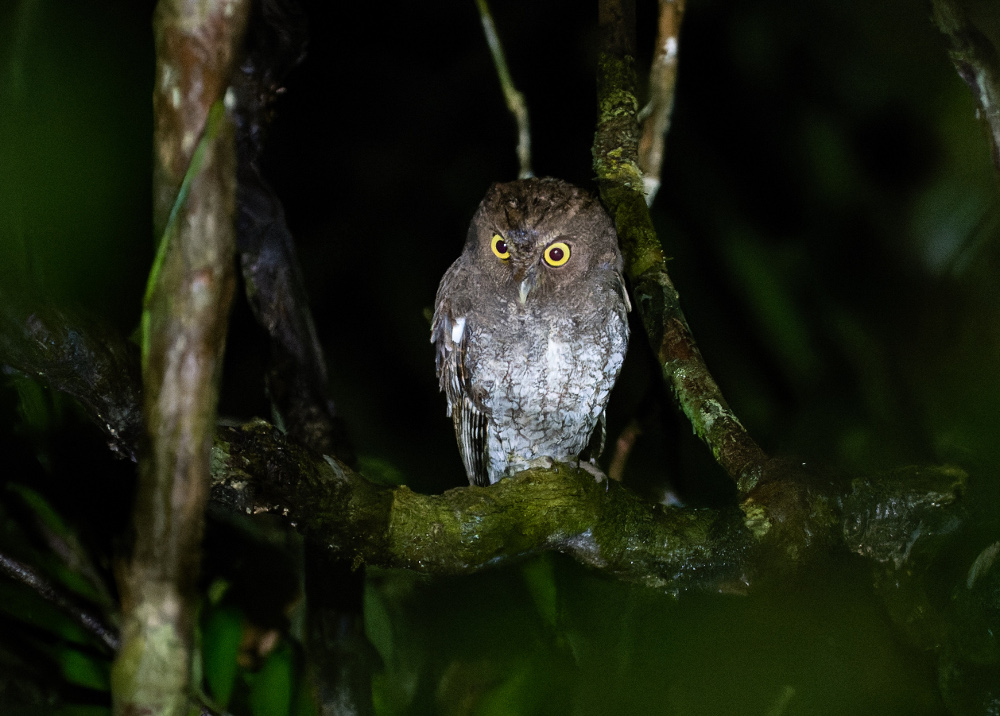
By this point, we were all of 200 m from Canopy Tower, and our local guide’s jaw was on the floor at how much we were finding in such a short distance. We set off again… only to come to a halt a short distance later: a Rothschild’s Porcupine! A little further on, we stopped to listen for one of the evening’s targets, the Chocó Screech-owl. Nothing, so we carried on. Until… stop! An owl in the DTI! Silent, and sat back from the road – a Chocó Screech-owl! Number 1,000. The DTI had proved its worth, and then some. There’s a good chance that the bird would have gone undetected were it not for the DTI.
By this point, we were about 40% of the way through the planned route, but the number and variety of animals seen had already surpassed that seen on any previous night drive here. Reaching the bottom of the hill, we listened to a Crested Owl calling somewhere in the distance. This one stayed stubbornly out of sight… but that wasn’t the case for the Central American Woolly Opossum that slinked its way through the canopy above us, picked up with the DTI, of course! A short distance on and another avian target was spotted: a Great Tinamou, roosting above the track. We’d heard these birds for most of the week, but this was the first we had clapped eyes on.
Could it get any better? With the DTI, of course it could! Driving back up the hill, we picked up two Nine-banded Armadillos followed by a Lowland Paca, a large, spotted rodent that reminded me of a cross between a tailless rat and a pig… Although widespread, pacas are shy, and this was only the second seen on one of the WINGS night-drives at Canopy Tower.
The night wasn’t quite over yet: another Great Tinamou, a roosting Grey-chested Dove (the first of only two seen on the trip) and a second (presumed) Fulvous Pygmy Rice Rat finished off a night-drive that was memorable for all of the right reasons. Everyone agreed one two things: this was the best night-drive we’d ever done, and having the DTI to hand really was a game changer.

ZEISS Ambassador Stephen Menzie is the Editor of British Birds, a member of the British Birds Rarities Committee, manager at Falsterbo Bird Observatory and occasional guide for WINGS Birding.